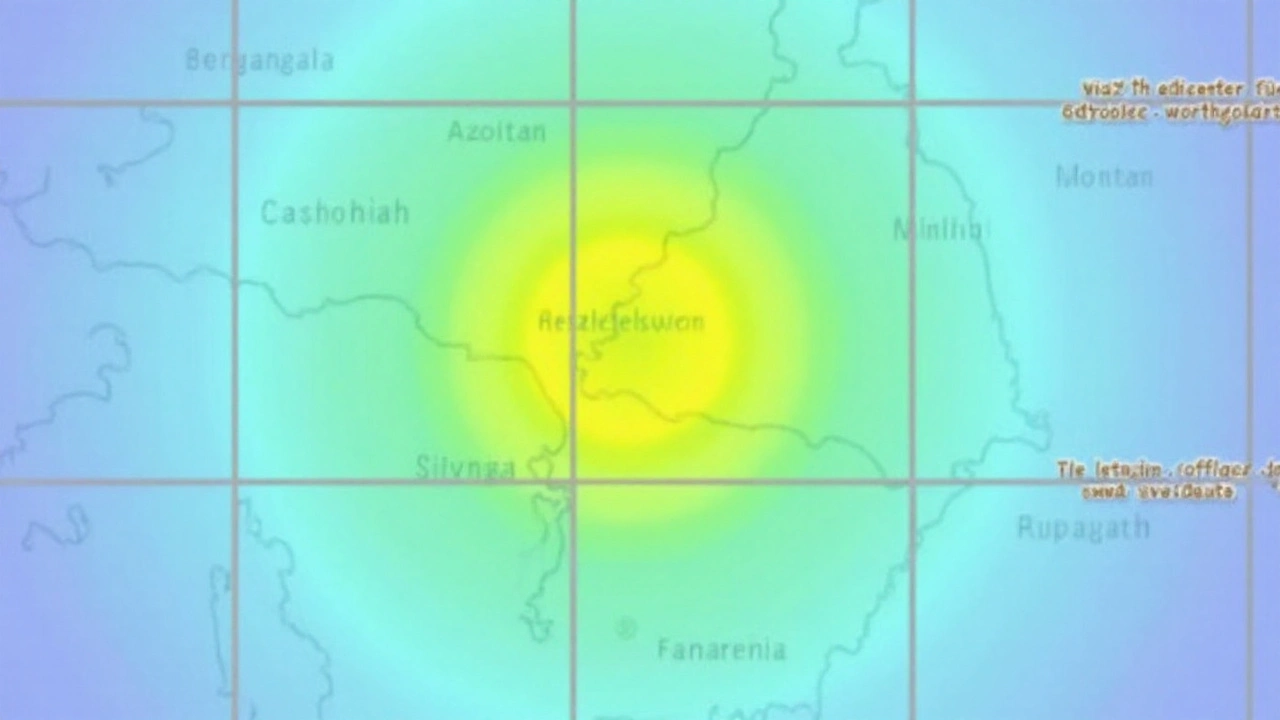National Center for Seismology: What You Need to Know
If you live in India or follow earthquake news, you’ve probably heard the name National Center for Seismology (NCS). It’s the government agency that tracks tremors, issues alerts, and shares data with scientists and the public. In simple terms, NCS is the watchdog that watches the ground beneath our feet and tells us when it moves.
Why does this matter to you? A shaky ground can affect homes, roads, and even your daily commute. Knowing what’s happening early can give you time to secure valuables, check emergency kits, and stay safe. The NCS doesn’t just sit in a lab – it operates a network of sensors across the country, from the Himalayas down to the coastal plains. Those sensors feed real‑time information into a central system that creates maps, graphs, and alert messages.
Why the National Center for Seismology Matters
First, NCS provides the most reliable earthquake warnings in India. When a quake is detected, the agency sends out alerts through SMS, mobile apps, and even radio broadcasts. Those messages are short, clear, and tell you the expected intensity, so you can decide whether to evacuate or stay put.
Second, the data collected by NCS helps scientists understand how the Indian subcontinent moves. This research feeds into building codes, disaster‑ready infrastructure, and long‑term planning. If you’re a builder, a city planner, or just a homeowner, the guidelines derived from NCS studies can shape safer construction practices.
Third, NCS works with international partners to compare seismic activity worldwide. That collaboration improves global quake models and makes the warning system smarter. In short, the agency’s work doesn’t stop at India’s borders – it contributes to a safer planet.
How to Stay Informed About Earthquakes
Getting timely updates from NCS is easier than you think. Register your phone number for free SMS alerts on the official site, and you’ll receive a short message as soon as a quake of significance occurs nearby. Most major news apps also pull NCS data, so you can see the latest maps and intensity levels in your news feed.
If you prefer visual tools, the NCS website offers an interactive map that shows recent tremors, depth, and magnitude. Hover over any point to see details – it’s a quick way to grasp what’s happening without sifting through technical reports.
Another practical tip: download a reliable earthquake‑alert app that syncs with NCS feeds. These apps often include safety checklists, emergency contact shortcuts, and a “shake‑to‑report” feature that lets you share local observations with the agency.
Finally, keep a basic emergency kit at home. Even with the best alerts, you’ll want supplies – water, flashlight, first‑aid items – ready to go. Pair your kit with the knowledge you get from NCS, and you’re set for the unexpected.
In a country as seismically active as India, staying informed isn’t optional; it’s a smart habit. The National Center for Seismology makes that habit simple with accurate data, fast alerts, and tools you can use every day. Keep the NCS contact info handy, follow its updates, and you’ll be better prepared for whatever the ground throws your way.

Assam earthquake: 5.8-magnitude jolt rattles Northeast India, no casualties reported
A 5.8-magnitude earthquake struck Assam’s Udalguri district at 4:41 PM IST on September 14, 2025. The shallow, 5 km-deep quake sent strong tremors across Northeast India, North Bengal, and parts of Bhutan. No casualties or major damage were reported. Authorities in Assam and Arunachal Pradesh said they are monitoring the situation while disaster teams remain on standby.
View more